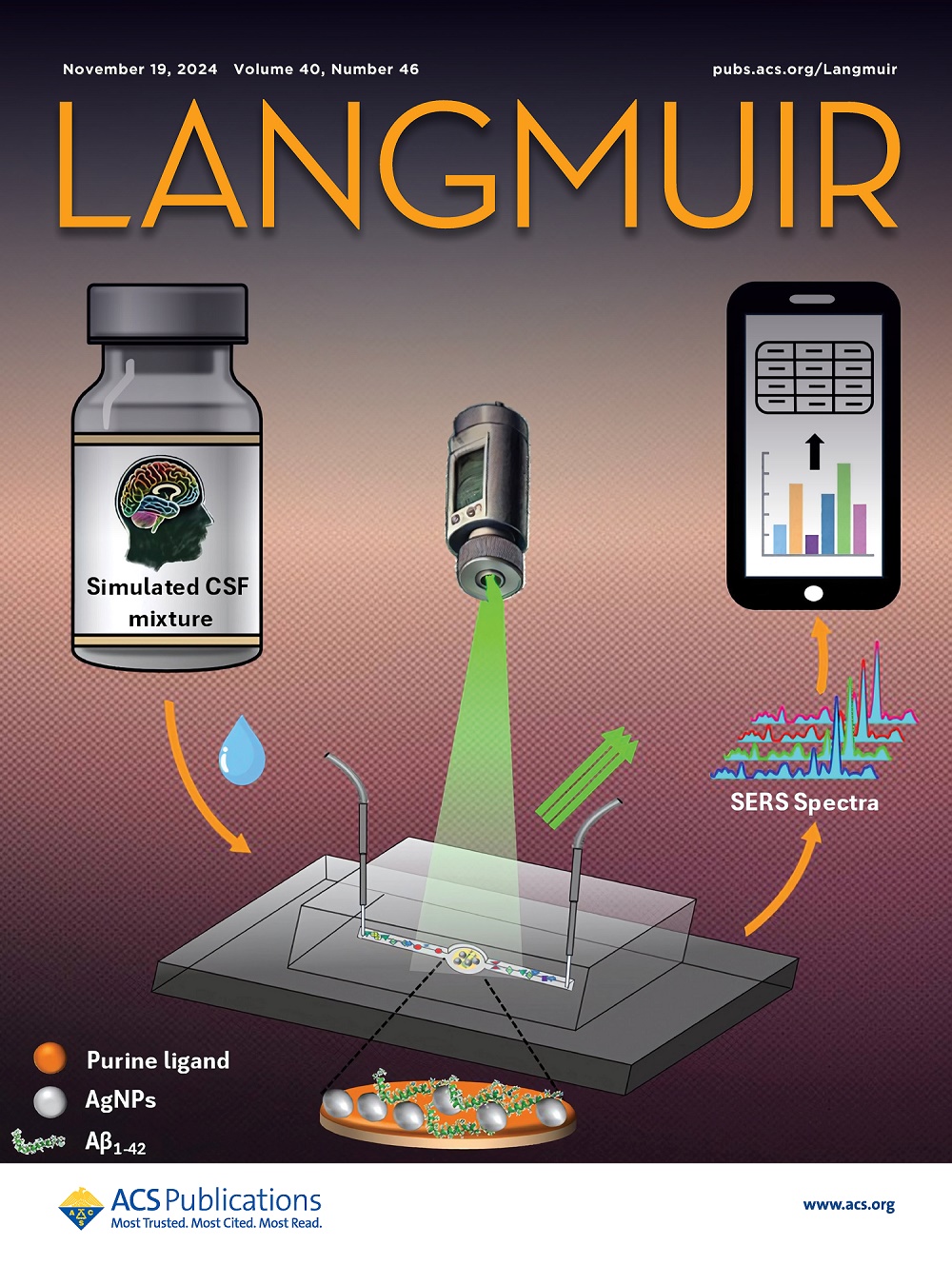可重复使用的sns2基棉织物复合材料在连续流动条件下有效去除水中的铅离子
IF 3.9
2区 化学
Q2 CHEMISTRY, MULTIDISCIPLINARY
引用次数: 0
摘要
铅是一种有毒的重金属,会污染环境并在人体内积累,导致许多严重的健康问题。金属硫化物已成为一种有前途的吸附剂,用于快速净化含Pb2+的废水,表现出优异的吸附动力学、容量和对常见竞争离子的选择性。在本研究中,我们提出了改进的SnS2相,即SnS2(DMA)0.7(H2O)0.3 (SnS2/DMA, DMA =二甲胺)和Sn1-xS2·yH2O (SnS2/酸),可以有效地去除水溶液中的Pb2+离子。这两种材料都表现出快速的动力学(≤4 min),高的吸附能力(SnS2/DMA为838.0 mg g-1, SnS2/酸为190.0 mg g-1),由于强的Pb-S共价相互作用,在多种竞争阳离子和不同pH值下对Pb2+具有显著的选择性。针对实际废水处理,我们将SnS2/DMA和SnS2/酸固定在棉织物上,这是金属硫化物固定在棉织物上的首次应用。利用金属硫化物-织物复合材料在连续流动条件下去除Pb2+,显示出明显的Pb2+吸附性能。值得注意的是,金属硫化物基复合材料可以在几个Pb2+吸附循环中再生和重复使用。这一特性首次在金属硫化物材料中得到证实,是这类吸附剂的一大突破。本文章由计算机程序翻译,如有差异,请以英文原文为准。

Reusable SnS2-Based Cotton Fabric Composites for Efficient Decontamination of Water from Lead Ions under Continuous Flow Conditions
Lead is a toxic heavy metal that pollutes the environment and accumulates in the human body, causing many severe health issues. Metal sulfides have emerged as promising sorbents for rapidly decontaminating Pb2+-containing wastewater, showing exceptional sorption kinetics, capacities, and selectivity against common competitive ionic species. In this study, we present modified SnS2 phases, namely, SnS2(DMA)0.7(H2O)0.3 (SnS2/DMA, DMA = dimethylamine) and Sn1–xS2·yH2O (SnS2/acid), which demonstrated efficient removal of Pb2+ ions from aqueous solutions. Both materials exhibited fast kinetics (≤4 min), high sorption capacities (838.0 mg g–1 for SnS2/DMA and 190.0 mg g–1 for SnS2/acid), remarkable selectivity toward Pb2+ over several competing cations and in various pH values, because of strong Pb–S covalent interactions. Aiming for practical wastewater treatment, we immobilized SnS2/DMA and SnS2/acid on cotton fabrics, marking this as the initial application of metal sulfides immobilized onto cotton substrates. The metal sulfide-fabric composites were utilized to remove Pb2+ under continuous flow conditions, showing significant Pb2+ sorption properties. Significantly, the metal sulfide-based composites can be regenerated and reused over several Pb2+ sorption cycles. This feature, demonstrated for the first time in metal sulfide materials, constitutes a breakthrough for this class of sorbents.
求助全文
通过发布文献求助,成功后即可免费获取论文全文。
去求助
来源期刊

Langmuir
化学-材料科学:综合
CiteScore
6.50
自引率
10.30%
发文量
1464
审稿时长
2.1 months
期刊介绍:
Langmuir is an interdisciplinary journal publishing articles in the following subject categories:
Colloids: surfactants and self-assembly, dispersions, emulsions, foams
Interfaces: adsorption, reactions, films, forces
Biological Interfaces: biocolloids, biomolecular and biomimetic materials
Materials: nano- and mesostructured materials, polymers, gels, liquid crystals
Electrochemistry: interfacial charge transfer, charge transport, electrocatalysis, electrokinetic phenomena, bioelectrochemistry
Devices and Applications: sensors, fluidics, patterning, catalysis, photonic crystals
However, when high-impact, original work is submitted that does not fit within the above categories, decisions to accept or decline such papers will be based on one criteria: What Would Irving Do?
Langmuir ranks #2 in citations out of 136 journals in the category of Physical Chemistry with 113,157 total citations. The journal received an Impact Factor of 4.384*.
This journal is also indexed in the categories of Materials Science (ranked #1) and Multidisciplinary Chemistry (ranked #5).
 求助内容:
求助内容: 应助结果提醒方式:
应助结果提醒方式:


